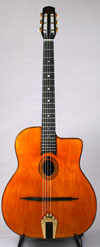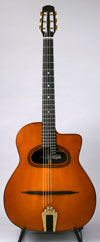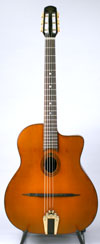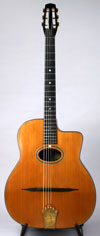DjangoBooks.com
Blog - Page 79
Greetings Gypsy jazzers, here’s what’s new at DjangoBooks.com!
2011 Shopis D’Artagnan Model F
Eastman AR380CE-HB Pisano Signature Archtop
Eastman AR610 Acoustic Archtop
Eastman AR880CE Pisano Signature Archtop
Nick Sansone – Introduction to Gypsy Swing Improvisation
Yaakov Hoter’s Comprehensive Gypsy Guitar Course
Michel Mercier discusses what makes a great Gypsy Jazz jam!
Keep playing!
Michael












